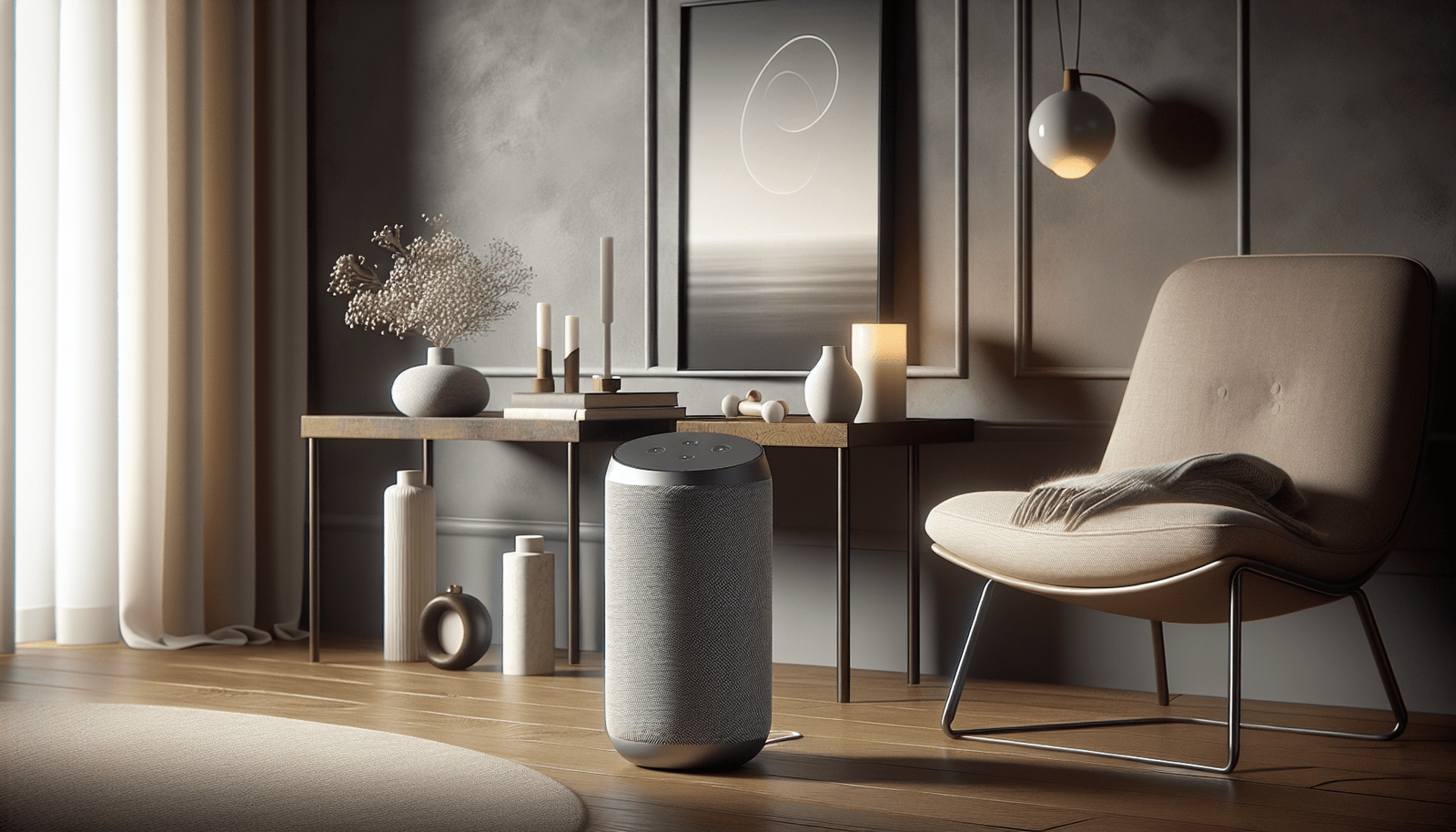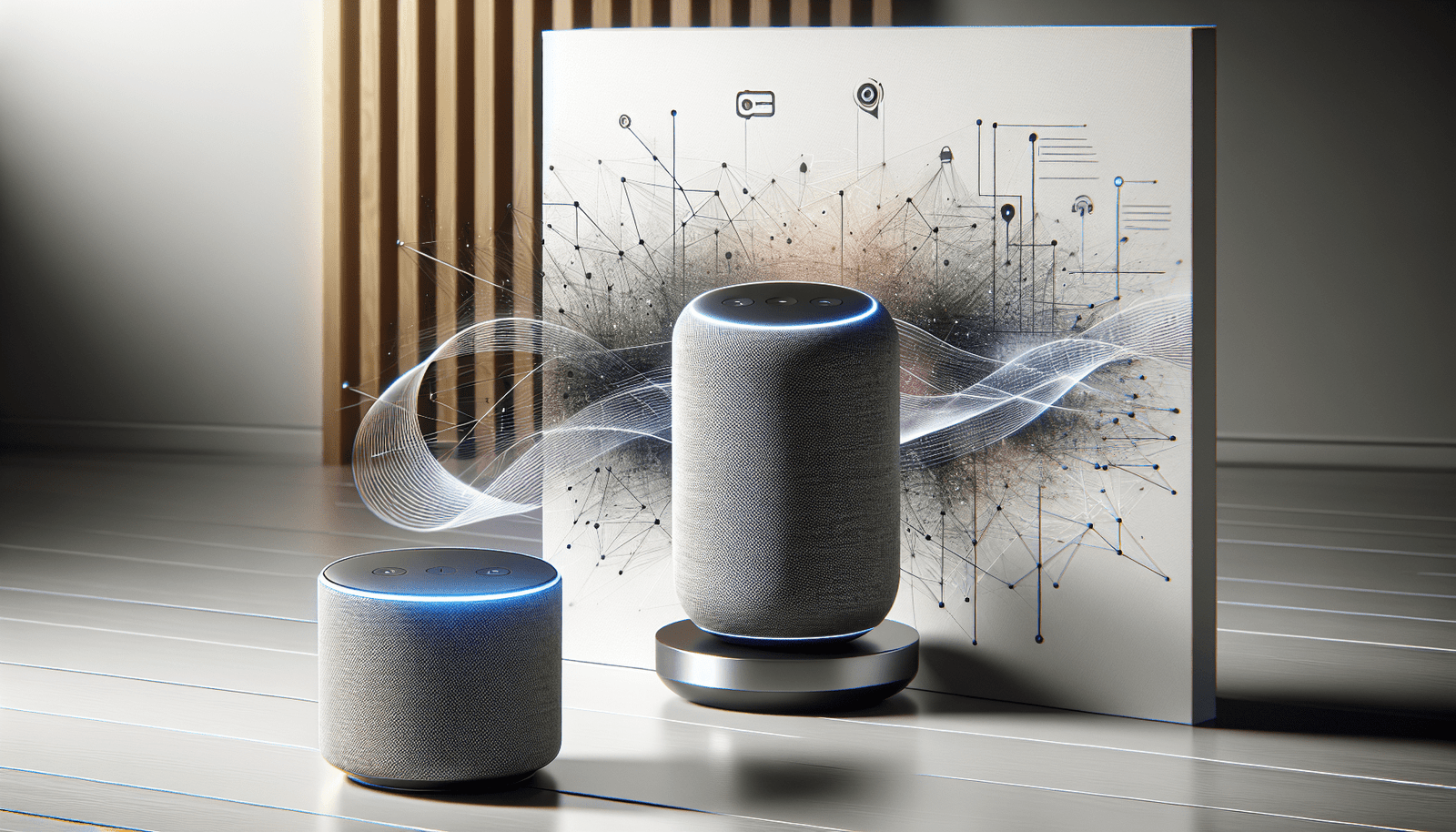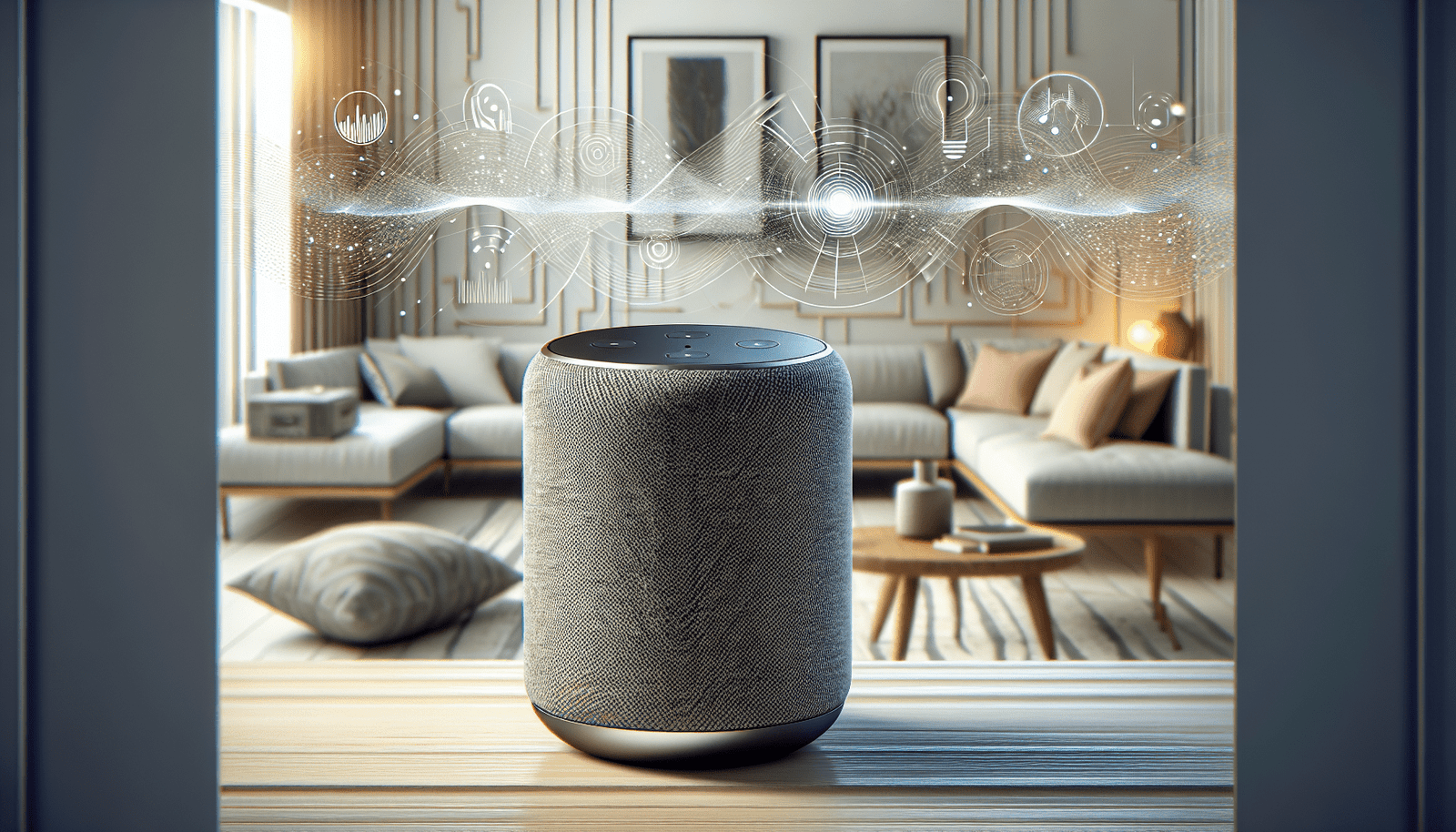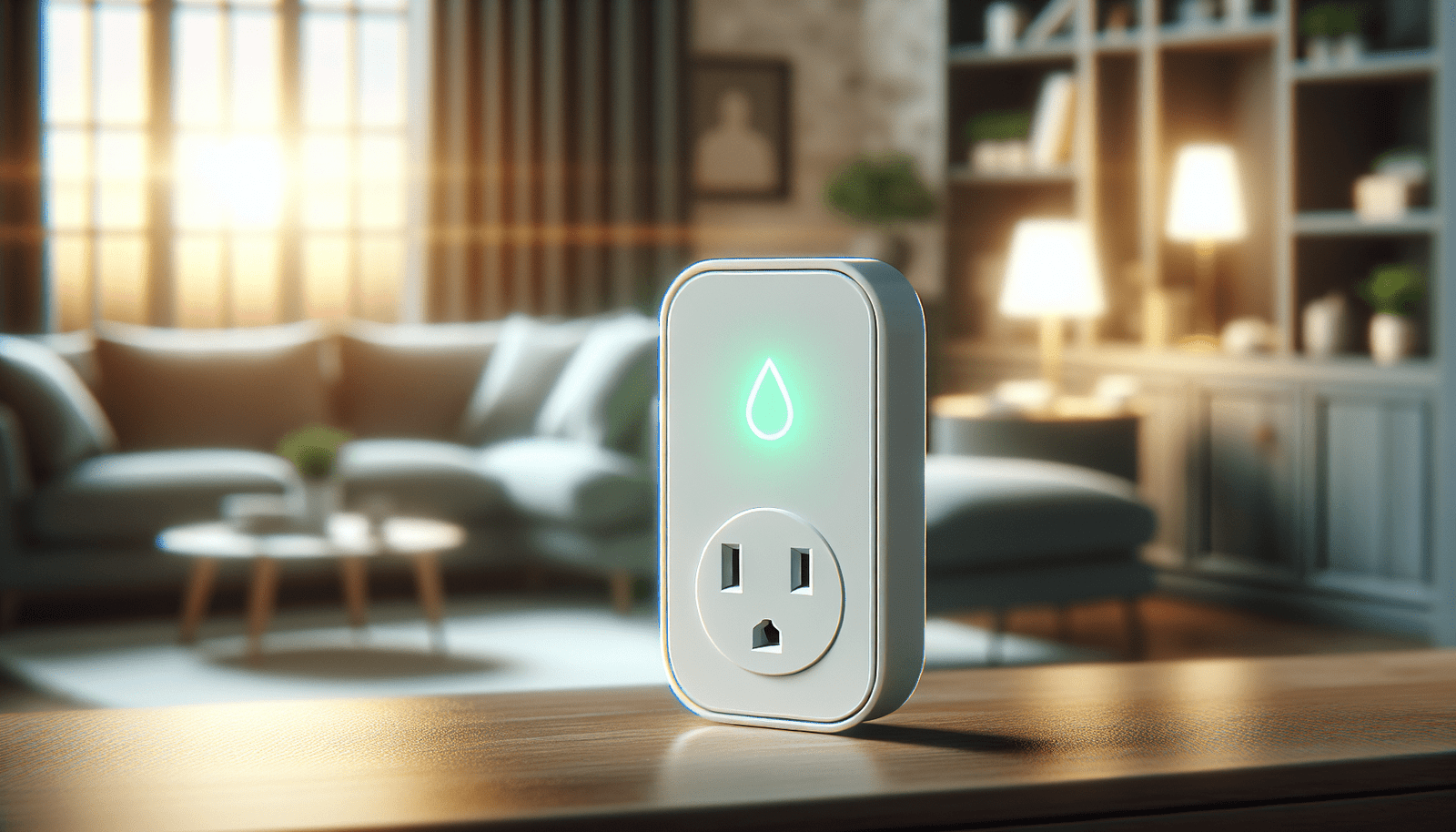Have you ever wondered how to integrate voice-activated technology into your home to make your life a bit easier and more enjoyable? The right smart speaker can transform your living space into a hub of convenience and entertainment. With so many options on the market, it’s crucial to understand how to pick the one that fits your needs. Whether you’re tech-savvy or a first-time buyer, this guide will help you make an informed decision.
Understanding Smart Speakers and Smart Hubs
What Is a Smart Speaker?
A smart speaker is more than just a device that plays music. It integrates voice-activated virtual assistants like Amazon’s Alexa, Google Assistant, or Apple’s Siri, enabling you to control your smart home, get real-time information, and perform a myriad of tasks just by using your voice. These speakers can also connect to other smart devices in your home, potentially acting as a central control hub.
The Role of Smart Hubs
Smart hubs, on the other hand, are often devices that bridge the communication gap between different smart home products. They manage protocols like Zigbee or Z-Wave that many smart devices use to communicate. While not all smart speakers have hub capabilities, those that do can directly control a wider range of smart home devices.
Identifying Your Needs
Are You a Tech Enthusiast or a Beginner?
If you’re a tech enthusiast, you’ll want a smart speaker that offers advanced features and integration capabilities. Beginners, however, might prefer a more straightforward setup process. It’s vital to understand your comfort level with technology to choose the right product.
Privacy Concerns
For privacy-conscious individuals, it’s crucial to consider what security measures a smart speaker has in place. Look for features such as the ability to mute the microphone, end-to-end encryption, and clear privacy policies that explain how your data is used.
Sound Quality for Music Lovers
For those who prioritize music and entertainment, sound quality will be a critical factor. High-quality speakers often come with features like stereo sound, deep bass, and room-filling audio. Consider options that support high-resolution streaming and offer customizable audio settings for the best experience.
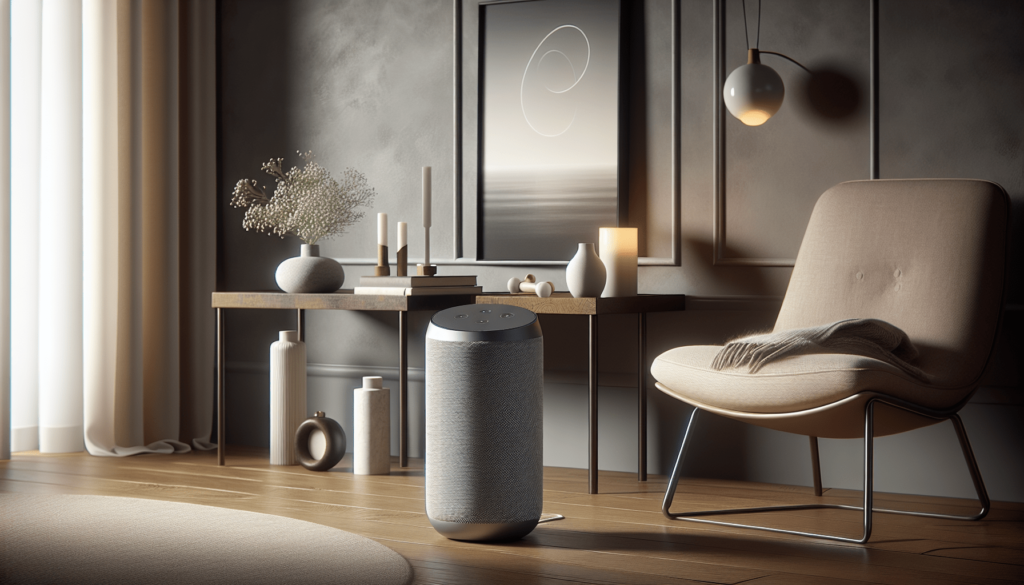
Features to Consider
Voice Assistant Compatibility
Choosing a smart speaker often starts with selecting a voice assistant that aligns with your existing devices. If you use Apple products, a HomePod with Siri may be a seamless addition. Google’s Nest products might pair well with Android devices and Google services, and Amazon Echo devices are known for their versatility and vast range of compatible skills.
Device Compatibility
Consider what other smart devices you own or plan to purchase. Ensure that the smart speaker is compatible with these devices. The more integrated your ecosystem, the more efficient and automated your home can become.
Streaming Services Support
If you’re an entertainment seeker, check what streaming services are supported by the smart speaker. Most major brands support services like Spotify, Apple Music, and Amazon Music, but it’s important to verify that your preferred services are available.
Comparing Products
To help you with the decision-making process, let’s compare some popular smart speakers and their features.
| Feature | Amazon Echo | Google Nest Hub | Apple HomePod |
|---|---|---|---|
| Voice Assistant | Alexa | Google Assistant | Siri |
| Smart Hub Capabilities | Select Models | Built-in | Limited |
| Privacy Features | Microphone Off Button | Physically off | Multi-layered |
| Sound Quality | Dolby Audio | Full-range audio | High-fidelity |
| Streaming Service Support | Broad Support | Broad Support | Limited |
| Price Range | Budget to Premium | Budget | Premium |
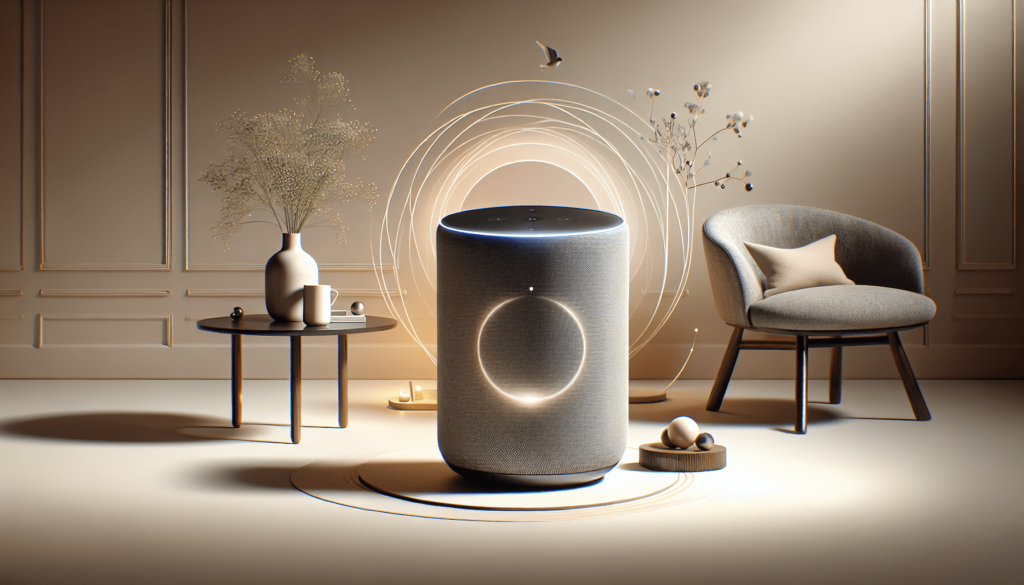
Practical Setup Tips
Setting Up Your Smart Speaker
For those new to smart speakers, setup is straightforward. Usually, you download a companion app, connect the speaker to your Wi-Fi, and follow intuitive instructions. Ensure you have your Wi-Fi password handy and keep the software updated for security enhancements.
Troubleshooting Common Issues
If your smart speaker isn’t responding, check the power source and Wi-Fi connection. Many issues can be resolved by restarting the device or ensuring the app is updated. For persistent issues, refer to the manufacturer’s support page or community forums where experts often provide advice.
Customizing Voice Commands
Make your smart speaker more efficient by creating customized voice commands or routines. Most smart speakers allow you to set a routine that triggers multiple actions with a single command, like turning off the lights and locking the door when you say, “I’m going to bed.”
Addressing Common Concerns
Privacy and Security
Privacy with smart speakers concerns many users. Ensure your speaker allows microphone muting, and utilize privacy settings to manage data permissions. Regularly review the device’s security updates and adjust settings accordingly to keep your data secure.
Energy Consumption
Most smart speakers are quite energy-efficient, but if you’re conscious about energy consumption, look for ENERGY STAR-certified models or those with power management features.
Compatibility Issues
When adding new devices to your smart home, verify compatibility. Manufacturers often provide compatibility lists on their websites or through their apps. Stick to the same ecosystem where possible to minimize compatibility issues.
Frequently Asked Questions
How do smart speakers work with smart home devices?
Smart speakers use Wi-Fi or Bluetooth to interact with smart home devices. They often connect via a companion app, allowing you to control lights, thermostats, cameras, and more through voice commands.
Can I use multiple smart speakers in different rooms?
Yes, you can set up multiple speakers for multi-room audio. This feature allows seamless music streaming throughout your home, offering a synchronized listening experience that many users appreciate.
Are smart speakers always listening?
Smart speakers are designed to listen for wake words, and you can typically mute the microphone for privacy. Check the privacy settings to understand how your data is used and stored.
How do I improve the sound quality of my smart speaker?
To enhance sound quality, position your speaker correctly, away from walls and objects that might obstruct sound waves. Many devices also have equalizer settings available within their apps to adjust audio levels to your liking.
Making Your Final Decision
Choosing the right smart speaker involves balancing your need for a user-friendly device, superior sound quality, robust privacy features, and seamless integration with existing devices. By considering these factors, you can select a smart speaker that will become an indispensable part of your home. Whether you’re a music aficionado, a technology enthusiast, or just someone looking to make life a bit more convenient, there’s a perfect smart speaker out there for you. Happy listening!
Disclosure: As an Amazon Associate, I earn from qualifying purchases.
